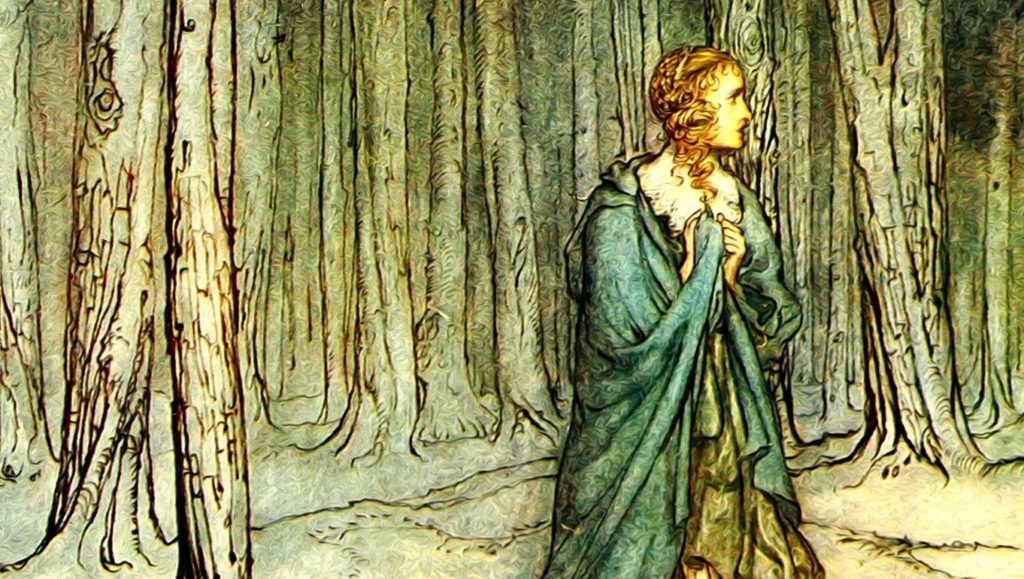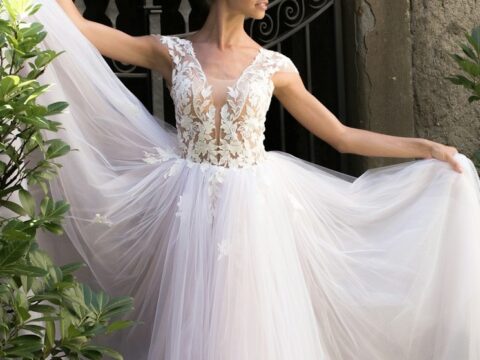Once upon a time, there was a tiny country called Cornucopia . . . The king at the time of which I write was called King Fred the Fearless. He’d announced the ‘Fearless’ bit himself, on the morning of his coronation, partly because it sounded nice with ‘Fred’, but also because he’d once managed to catch and kill a wasp all by himself, if you didn’t count five footmen and the boot boy.
J K Rowling, The Ickabog
When I found out J K Rowling was posting a new story online—and a fairy tale at that—I grabbed my laptop IMMEDIATELY to read it. And The Ickabog hooked me right from the first paragraph. Since Jo’s one of my favorite authors, no one is surprised.
What did surprise me was how this little story is bursting with depth. Rowling wrote Ickabog nearly ten years ago as a bedtime story for her own kids, but as I read the serialized chapters week after week, I found myself pondering the story and its style constantly. Let’s just say it was go-to brain food for my summer insomnia. And the more I thought about it, the more I realized just how much The Ickabog has to offer young audiences and fairy tale lovers alike.
Here are six non-spoilery reasons why I love this book:
1. The Ickabog Is a Retelling of “The Emperor’s New Clothes”
I have no idea if Rowling did this intentionally, but if you compare the two stories, there are striking similarities.
My husband was the first person to draw my attention to this. As I was gobbling up this story, I also read the chapters out loud to Andy each night. About a third of the way into the book when the plot was getting juicy, Andy commented, “Wow. This is totally ‘The Emperor’s New Clothes,’ isn’t it?” I sat in awestruck silence. Because he was totally right.
Both stories are about a foolish, fashion-loving monarch who gets scammed. But instead of an invisible suit of clothes, this scam involves an imaginary swamp monster terrorizing King Fred’s country. And instead of two impostor weavers who want to take all his gold, Fred gets duped by two corrupt lords who tax his kingdom into abject poverty. And manage to keep Fred completely in the dark about it.
It’s a loose retelling, which are my favorite types of fairy tales to read and write. And the big plot twist was SO satisfying, but no spoilers!

2. The Wonder Is in the Food
In true Emperor’s New Clothes fashion (see what I did there?), this story has no spells or unexplained magical elements. Rowling herself says of the story, “It isn’t Harry Potter, and it doesn’t include magic.” And yet Ickabog effortlessly claims its fairy tale status through its far-away kingdom setting that boasts the most wondrous food imaginable.
Rowling has always included sumptuous food in her stories, a habit she traces back to her favorite childhood book, The Little White Pony. Right in chapter one of Ickabog, we’re introduced to the aptly named Cornucopia, a country where every town is known for its culinary specialty: Chouxville for decadent pastries that bring a grown man to tears. Kurdsburg for famously creamy cheeses. Baronstown for mouth-water steaks and sausages. Jeroboam for flavorful wines you can smell from miles away. I’m salivating just writing this.
There’s something so charming about a country whose superpower is their food. But don’t be fooled into thinking this book is all pastries and rainbows.
3. Ickabog Is Filled with Relevant Themes
The original Emperor’s New Clothes had strong themes about greed, corruption, and deception. And those particular themes mean A LOT to a 2020 audience. Here’s what Rowling had to say about it:
The Ickabog is a story about truth and the abuse of power. To forestall one obvious question: the idea came to me well over a decade ago, so it isn’t intended to be read as a response to anything that’s happening in the world right now. The themes are timeless and could apply to any era or any country.
And yet! It’s amazing how directly this story does apply to what’s happening in the world now.
Corrupt politicians, false messages online, greed, and general hopelessness abound in our society. There’s honestly never been a time when we’ve needed a story like Ickabog so much. Rowling published the book for children in lockdown during the pandemic, and I find it heartwarming that an author would choose right now to release a story about children and adults trapped in rough situations where they easily could have given up hope. But instead they fight for their freedom. And there was quite a lot to fight against.
4. The Villains Are Deliciously Evil
And when I say evil, I’m talking Professor Umbridge levels here. I don’t know about you, but I have enormous respect for authors who pen villains so awful and so frustrating that they make me want to chuck the book (or my laptop) across the room. It takes talent to write that stuff.
The two corrupt lords are named Spittleworth and Flapoon—Spittoon for their ship name, thank you very much. And that about sums up their appeal. Spittleworth is certainly the brains of the outfit, and he’s malicious and evil to the core. Flapoon mostly rides Spittleworth’s coattails, but his gluttony and apathy toward others’ suffering can’t be dismissed. My biggest impression of these villains was just how shockingly greedy and remorseless a couple of bad guys could be. I’m not gonna lie, this story has quite the body count for a kid’s book. Yikes.
Along with Spittoon, several opportunist mini-villains show their true colors as the story unfolds, including a rankling female villain who added great color to the plot. But Rowling also didn’t make it easy for the villains to take over.
5. The Townsfolk Are Refreshingly Intelligent
I’m not sure if you’ve noticed, but the people you find in fairy tales are not the sharpest tools in the shed. Peeps are incredibly easy to fool in the classic tales, to the point that it’s satirical or asking for a major suspension of disbelief. Really though, could ANY little girl mistake a wolf in a nightcap as her grandmother? I’m just saying.
But this story breaks away from that motif and presents a working class that’s both educated and clever. Spittoon has their work cut out for them fooling these people into accepting the Ickabog is real, and several times the Cornucopians saw loopholes in Spittleworth’s plots before I did. Which was satisfying. It felt so correct that a spoiled, sheltered aristocrat like King Fred was so easy to dupe while his street-smart peasants were not.

6. The Girls Are FANTASTIC
At the beginning of Ickabog, the ladies are mostly reactionary characters hanging out on the sidelines. One of them even finds herself in a passive Snow-White-esque role, complete with being sentenced to death and secretly rescued by her assassin. And sent to a house filled with small people too—orphans instead of dwarfs, but the point stands. As the story progresses, the three main girls in the cast one by one end up behind bars.
Then out of nowhere, all three stepped up in ways I was not expecting.
Every female character in this book fights against tyranny, and not by looking hot or wielding swords. Instead each heroine leans on her own inner strength to overcome her bad situation in her own unique way. Protecting others when she can’t protect yourself. Refusing to surrender her identity, no matter the cost. Being the one person brave enough to mock Spittoon’s threats. Or using her talents to turn a dungeon into a place that heals the brokenhearted.
This book is about women who save the day by being kind and being themselves, and we need SO MANY MORE examples of women like this. ❧




